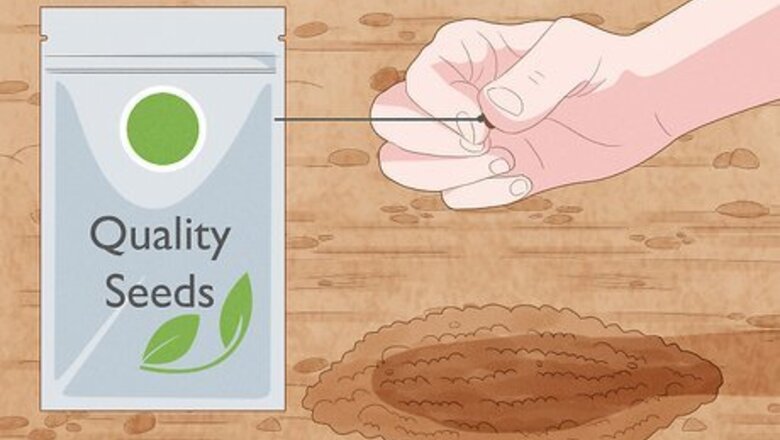
views
Method 1
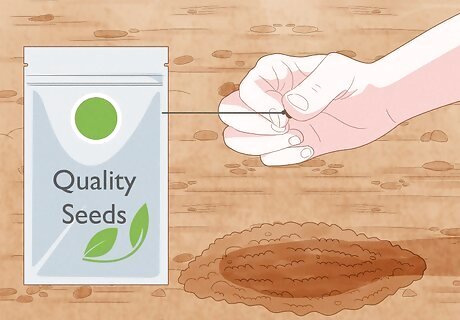
Buy or harvest your seeds. Buy or harvest quality seeds that you know will grow well over a large area or in poor soils, without needing too much attention. Don't choose any plants that will cause ecological or other damage such as weeds, invasive plants, or ones that have destructive root systems. If you're not sure, find out which plants are problem plants for your area or region; don't just rely on general information because some plants might be ideal in their local environment but a rampant pest in yours. Consider the entire habitat when selecting the seeds. Do you want seeds that will create an entire new habitat or do you just want seeds that will provide a few varieties of crops or plants? Heather C. Flores suggests that you can use anywhere from one variety of seeds to one hundred different kinds.
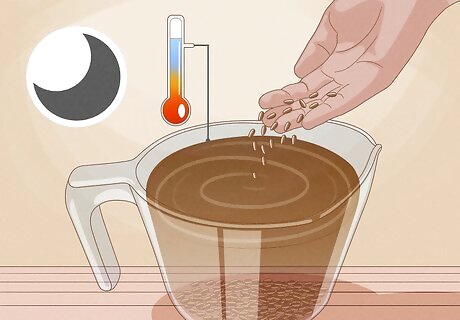
Soak the seeds for an hour or overnight in a warm, but not boiling, weak seaweed solution or compost tea. Discard any seeds that still float – seeds that float are mostly broken or damaged seeds that won't grow or that will have weak genetic stock.
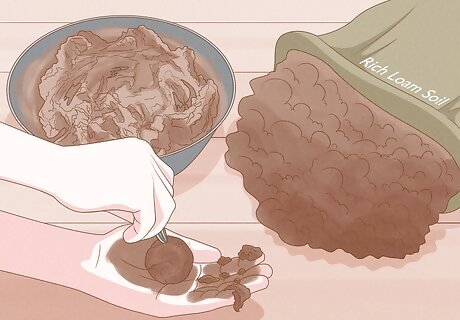
Prepare the seed bombs. There are four main ways to go about making the seed balls: Method 1. Purchase or secure some rich loam soil, or other clay type soils that can form a stable ball. The soil should be suitable for plants to grow in; make sure it's not too acidic. Shape the pure loam into a golf-sized shape ball using water to make it pliable and insert the seeds into each ball as you go, or sprinkle seeds in prior to shaping balls if easier. Method 2: Use semi-dry, living compost (not sterilised) and powdered red clay. Mix one part seed mix, three parts compost, and five parts clay. Shape into a round ball with your hands, adding enough water to make it pliable. It should have the consistency of cookie dough. Method 3. Alternatively, save up small biodegradable cardboard cartons, such as egg cartons or find biodegradable netting, such as old cotton stockings. Fill the egg cartons with the preferred soil and seed mix as above methods outline. Pinch the tips over so that the contents won't fall out. With stockings, you can fill them with a seed and soil mix, then twist, tie and cut them out much like you'd do if you were making sausages. Method 4. Mix sawdust on a ratio of 5 parts sawdust to 1 part seed with a rapidly biodegradable, non toxic and preferably food safe glue and a small amount of seaweed extract. The mix should not be wet, but moist enough to form a ball. It's better to make this version in small batches.
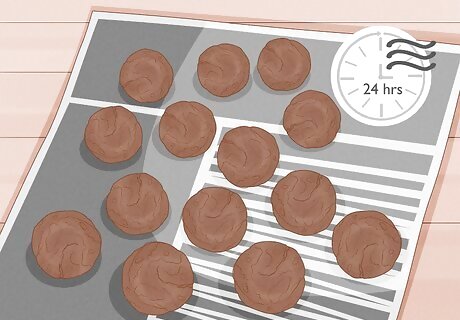
Allow the seed bombs to dry out for 24 hours. Arrange the seed bombs on a dry tarpaulin or on sheets of newspaper laid out in a sheltered area such as a shed. Here they are ready for use.
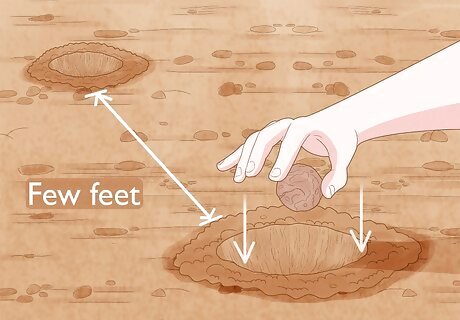
Plant the seed bombs. If you have a plot with rows already dug for planting, install a ball every few feet (meters), (or as recommended by the seed producer), then cover over with existing soil. If you are looking to re-vegetate open space with grass or tree seeds, just throwing the seed balls will create a more random, realistic landscape, then bury them sufficiently to retain the moisture for the seed. If you'd rather store the seed bombs for a bit, keep them in a cool, dark, and dry place for no longer than several weeks. It is best to use them when fresh though, as the seeds might begin to sprout!
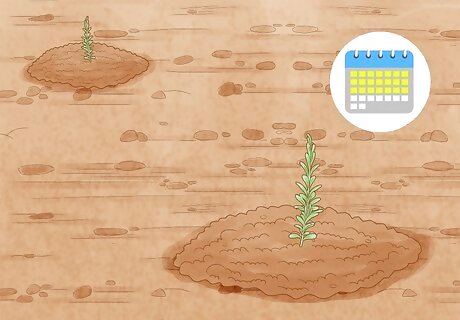
Watch for the growth. If made correctly, the seedling will be visible within 2-3 weeks, or quicker in warmer conditions. The process doesn't really speed up germination time dramatically, but when the seedling starts growing it has ample nutrients directly at its roots so will grow quicker and more healthily.
Freezer bombs
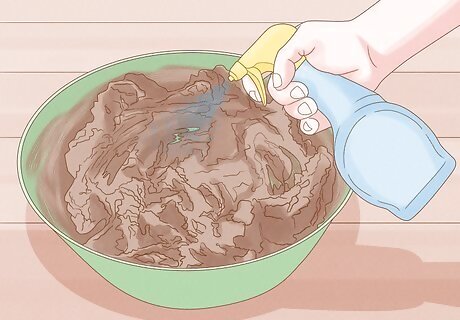
Find good potting soil. Moisten heavily.
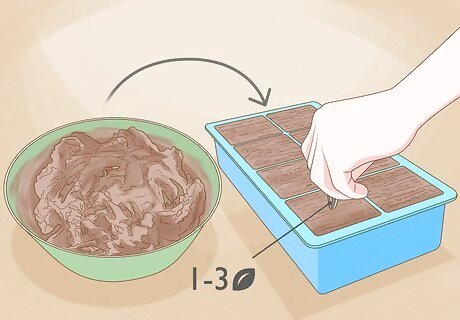
Fill individual spots in an ice cube tray half full of wet dirt. Place 1-2-3 seeds in the middle. Cover to the top with very wet dirt.
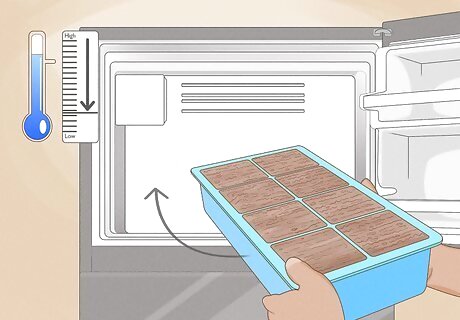
Freeze to as low a temperature as your freezer can be set for.
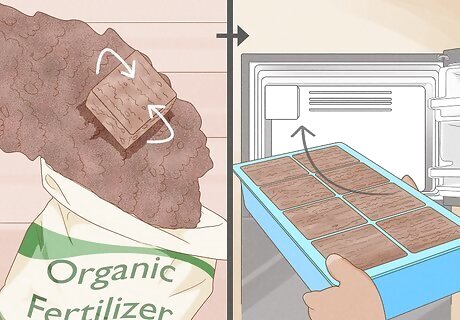
When frozen, take out "dirt/seed cubes". Dip into an organic fertilizer to lightly coat the cube. Refreeze until very cold.
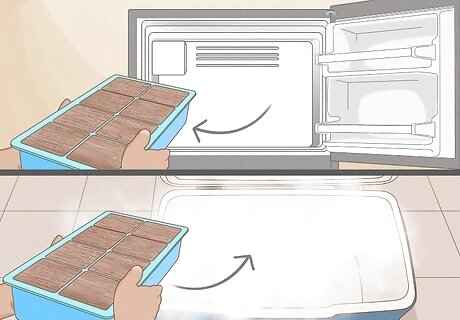
Take out of the freezer. Put into a small cooler with some dry ice.
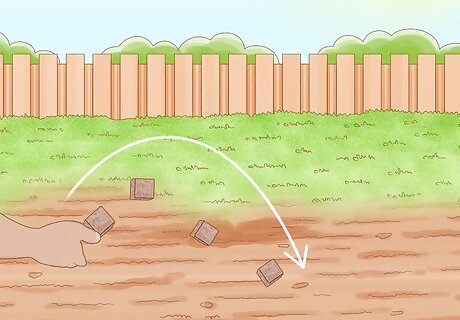
Go out and throw the cubes to places you want your plants to grow.


















Comments
0 comment